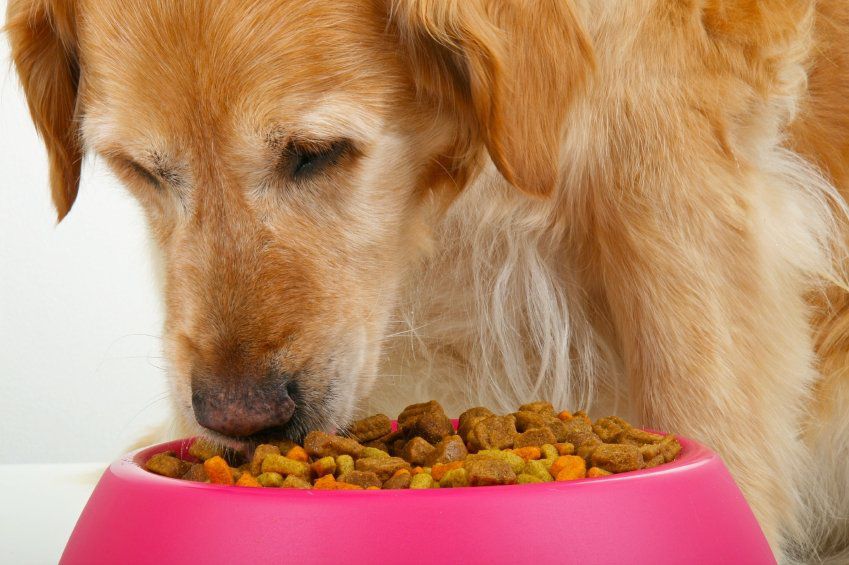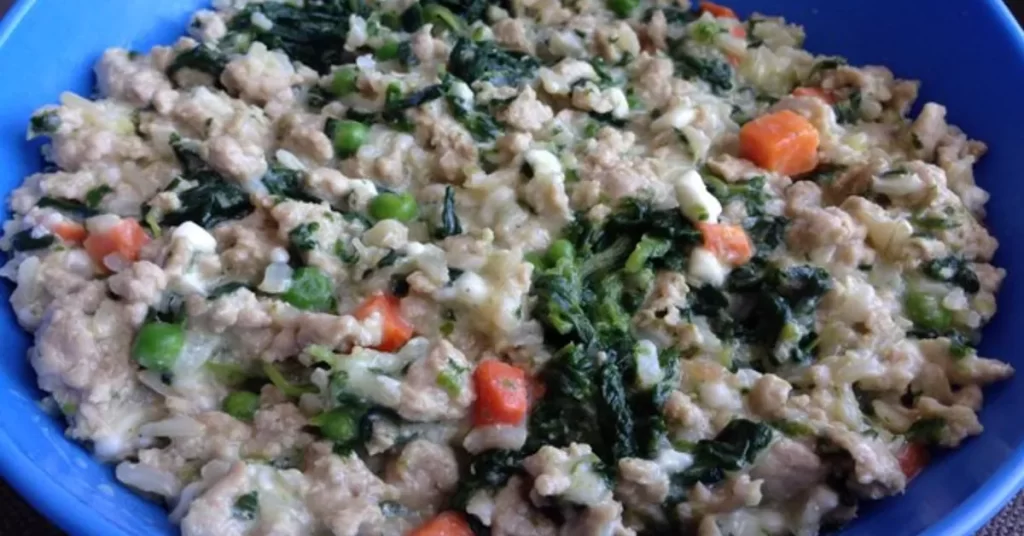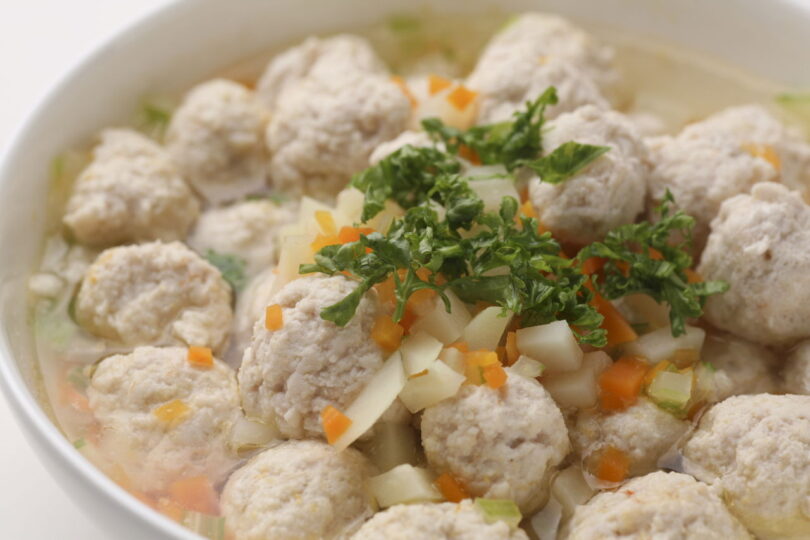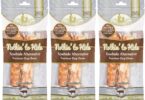Liver disease, or Canine Liver Disease (CLD), is, unfortunately, a common illness when it comes to our furry best friends and can be incredibly serious. Some breeds, such as West Highland White Terriers, are more prone to it than other breeds. There are a variety of reasons why your pup may have contracted CLD, including injuries, a diet that is lacking in proper nutrition, genetics, or just that they’re simply getting older. They may also have had an infection or some sort of injury or trauma in and around their liver or have been on a medication that caused liver damage. Thankfully, CLD does not have to be permanent and can be managed and even cured with the proper diet. Here are some foods that are the most beneficial for getting your pup’s CLD under control and a simple recipe to try.
Contents
How do I know my dog has liver disease?
Even though liver disease in dogs can be contracted for a variety of different reasons, you will see the same symptoms in every dog. CLD can lead to liver failure quickly so if you notice these symptoms, it’s important to get them under control quickly. Your pup’s liver is vital to its ability to live a long and healthy life and CLD prevents it from working properly. If you see any of the following symptoms, schedule an appointment with your veterinarian right away. Your veterinarian should always be the one to diagnose your pup – don’t decide they have canine liver disease on your own and try to change their diet and handle it yourself. Some of the most blatant symptoms of liver disease in dogs are:
- Jaundice – You’ve likely heard of jaundice as it relates to often newborn babies. This is a yellowish tinge to the skin, which you will normally notice around the eyes, gums, and ears on your dog.
- Hepatic encephalopathy – This can include a wide variety of neurological symptoms that include seizures, confusion, disorientation, blindness, anxiety, and personality changes among others.
- Gastrointestinal issues – These can also present in a wide variety of ways, such as diarrhea, vomiting, decreased appetite, visibly increased thirst, excessive urination, weight loss, and changes in stool color.
What should I feed my dog with canine liver disease?

Many dog owners opt to feed their pup a homemade liver disease diet as this is the only way to know exactly what you’re feeding your dog. Many commercial dog foods contain unnecessary ingredients that will not improve your pup’s liver condition but some are better than others. Your vet can guide you towards which ones are best. Raw food is also an option, although whether raw food is actually the best choice for your pup’s health is still debatable. If you do decide to change your pet’s diet, the change should happen slowly and gradually. Most of us have made the mistake at least once of trying to change your pup’s diet too fast and dealing with an upset tummy as a result.
You should feed your dog several times a day if possible, ideally, you should give them four to five small meals a day. This might be tricky if you work during the day so you may need to ask for assistance from a family member or hire someone to stop in during the day. This may seem excessive but it is ideal for dogs with canine liver disease as it’s easier on both their stomach and their liver.
Homemade Canine Liver Disease Diet
Keep in mind that the ideal amount of protein a pup with liver disease should have depends on how advanced their canine liver disease is. For some, an increased amount of protein is necessary but for others, it will be a lesser amount. Regardless, you should feed your dog high-quality protein and give them moderate amounts per meal. You should also avoid foods high in copper such as organ meats (e.g. beef liver), as well as salmon, pork, duck, and lamb.
Chicken, Oatmeal and Cottage Cheese

This is a pet food recipe that is easy for your pup’s body to process, full of high-quality protein and rich in fiber to help aid in digestion. It does not require a whole lot of prep time; however, we recommend at least doubling this recipe if you wish to have leftovers which can easily be frozen and thawed when needed. Make sure that the ingredients you use are low fat. Try to stick to boneless, skinless chicken breasts to ensure you’re giving your pup lean, low-fat meat.
Ingredients
- ¾ of a cup chicken
- ¾ of a cup cottage cheese
- ½ cup oatmeal
- ½ cup canned pumpkin (not pumpkin pie filling)
- 1 egg
Directions
- Dice your chicken before cooking. Make sure that the pieces are small and able to be easily digested. This can be adjusted to the size of your pup. Then, cook the chicken any way you prefer (boil, bake, etc.)
- Cook the oatmeal according to package instructions and boil your egg separately. Combine with the chicken when they have cooked
- Add the remaining ingredients and stir.
- Once completely cooled, serve to your pup. Leftovers can be stored in your fridge for four to five days while remaining portions can be frozen.
As previously stated, always consult with your vet before changing your pup’s diet. Depending on the stage of the liver disease, they may need a more specific diet geared to their needs. Any sort of illness in your dog should be taken seriously, and canine liver disease can become serious if not treated. Although it may seem like quite an effort to constantly make homemade food for your dog, the prep time is relatively quick and it could add really improve your dog’s health. So, is it worth it? Absolutely.







